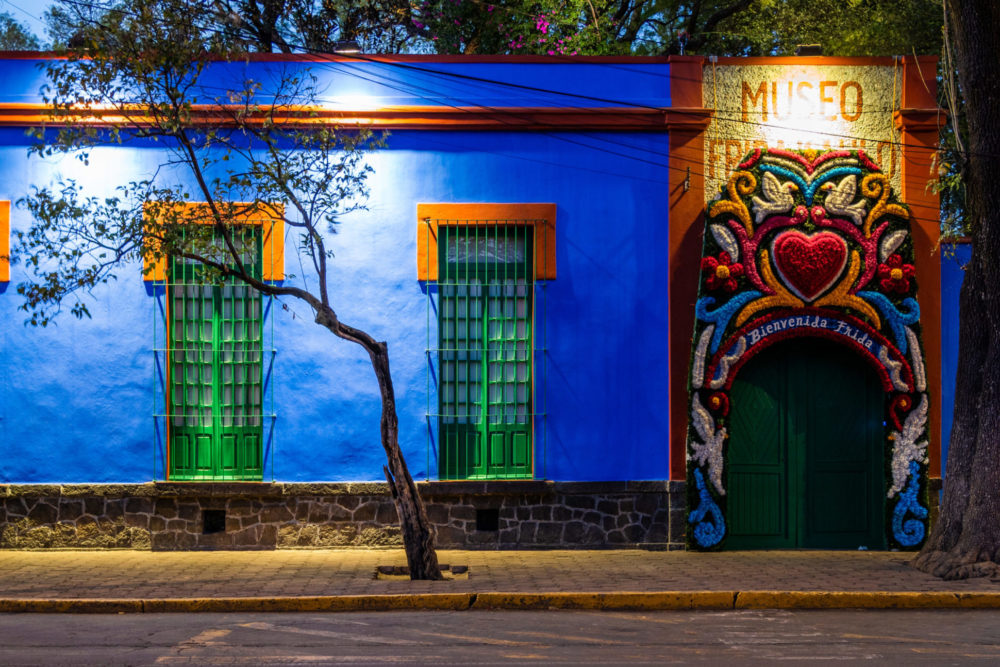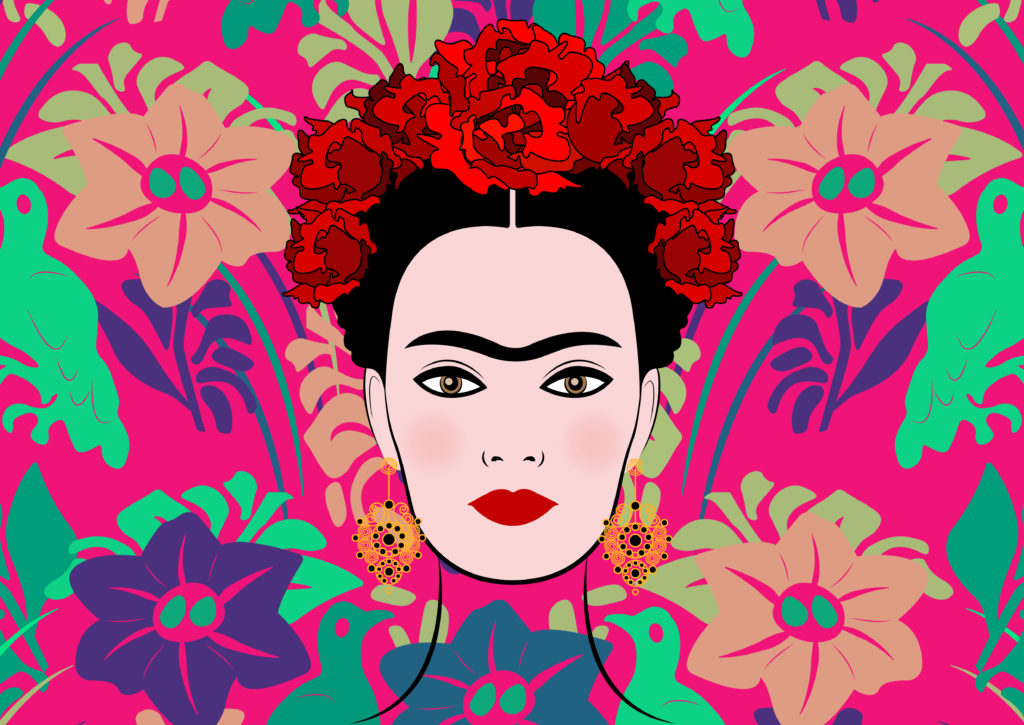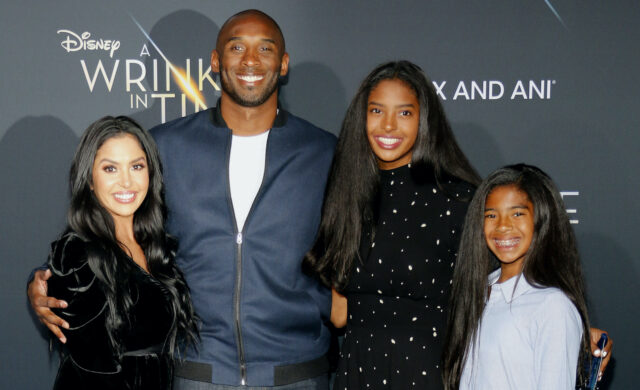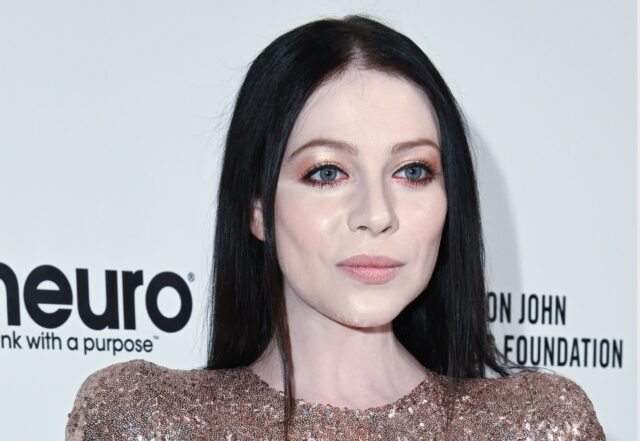Frida Kahlo’s Life Will Be Depicted Through a New Television Series

Frida Kahlo’s estate has collaborated with Miami-based company BTF Media, and they have created a show to dive deeper and achieve a more accurate view of the artist’s chaotic life. Her legacy has inspired biographies, documentaries, and films including the Oscar-winning biopic Frida (2002) which starred Salma Hayek.
Kahlo’s image has been used as an icon of girl power across popular culture through emojis, cosmetics, face filters, and even Barbie dolls. Throughout Kahlo’s life, she experienced many traumas portrayed in her art. As a child, she contracted polio. At the age of 18, Frida was injured in a near-fatal bus accident, resulting in chronic pain for the rest of her life. It is said that “the injuries she sustained were so severe she had to recuperate in a full-body cast, where she took up painting while bedridden.” Last year, more than six decades after her death, Kahlo’s self-portrait Diego y yo (1949) became the most expensive work of Latin American art ever sold at auction.
Without Hope, 1945 #surrealism #fridakahlo https://t.co/YXDN3gL4vC pic.twitter.com/8rzeEvzl7G
— Frida Kahlo (@artfridakahlo) May 17, 2022
The new TV series will offer a new perspective on the Mexican artist. Kahlo’s great-niece, Mara Romeo Kahlo said, “the series seeks to portray Frida as she has never been seen before. The goal is to present a unique perspective based on what her family knows about her and show how she really lived her life.”
Thinking About Death, 1943 #kahlo #fridakahlo https://t.co/96S34CFhx2 pic.twitter.com/yYoTTz52rB
— Frida Kahlo (@artfridakahlo) May 18, 2022
The general director of Frida Kahlo Management Alfonso Duran said, “This project will allow Frida to be shown as a woman whose art represented empowerment, hope, and power, and will allow her family to share with the audience how her legacy continues to inspire thousands of people around the world.”
BTF Media cofounder Ricardo Coeto said in a statement, “Frida was known for her colorful self-portraits. Her self-portraits had different themes, such as her identity, her human body, and death. She was considered a hero to many because she did not allow society to get to her.” “Instead, she used her struggles as her strength.”







